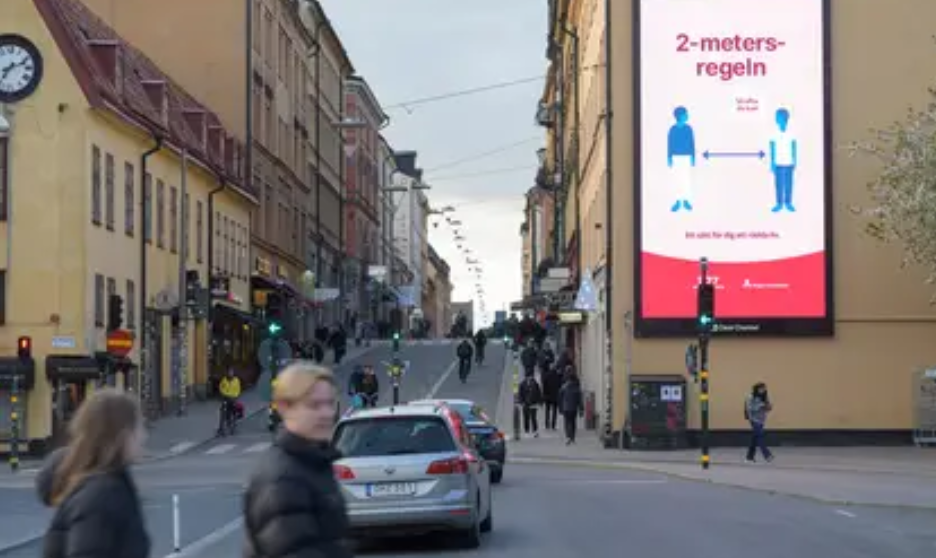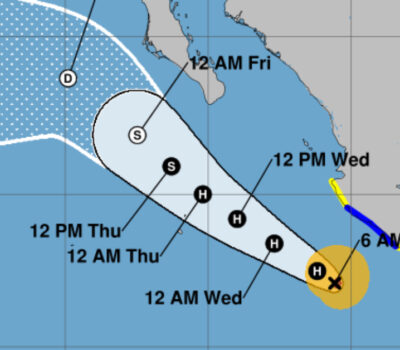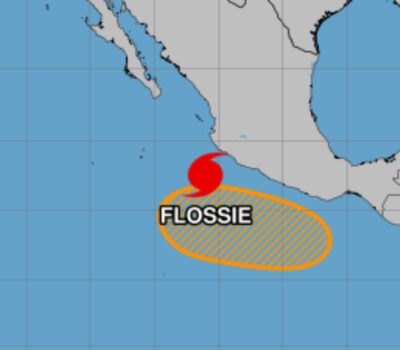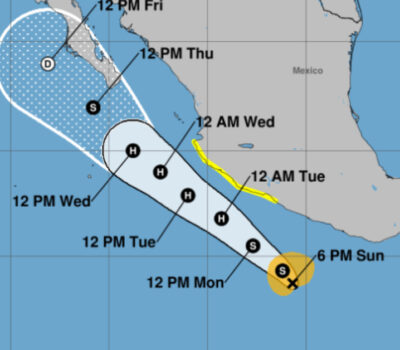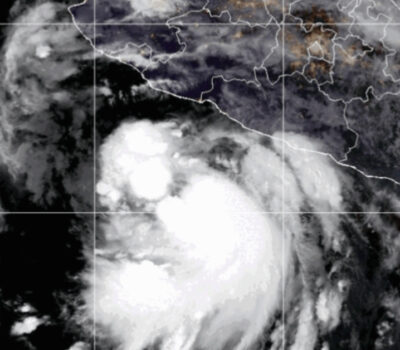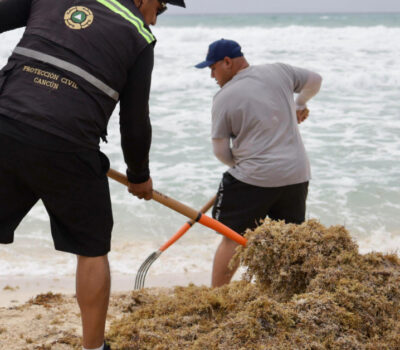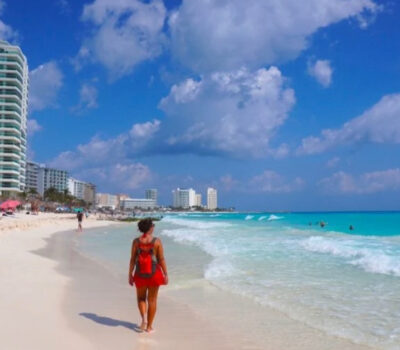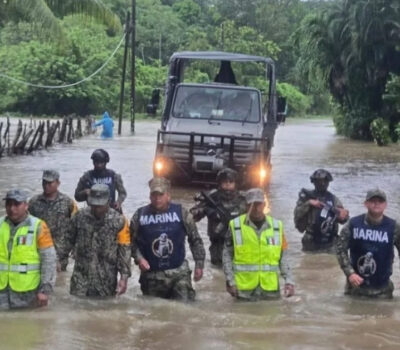In recent weeks, perhaps as never before, journalists, specialists and politicians from around the world have stopped to analyze and debate what is already called “the Swedish case”.
The Nordic country has taken a series of measures in the face of the pandemic caused by COVID-19 quite different from those of the rest of the countries, while its experts assure that “no matter what you do, everyone will get it anyway”.
Sweden governs what its authorities defined as “soft confinement” based, fundamentally, on the trust that exists between the population, and between it and the Government and its institutions. So restrictions are limited: only gatherings of more than 50 people are prohibited, and although universities are closed, kindergartens and children’s schools are not. Restaurants and bars are also not closed, although tables must be at least two meters apart. The same for, hair salons, cinemas, theaters, gyms, and parks remain open.
One of the architects of that strategy is Johan Giesecke, perhaps Sweden’s highest eminence in epidemiology, and one of the most recognized in the world. Between 1995 and 2005 he was the country’s chief epidemiologist, a position currently held by Anders Tegnell, one of his understudies, who became the image of the controversial Swedish case.
Giesecke, who between 2005 and 2014 was the first chief scientist at the European Center for Disease Prevention and Control, remains a government adviser and is also a member of the Strategic and Technical Advisory Group for Infectious Risks (STAG-IH) of the World Health Organization.
When it seems that the pandemic curve has stabilized in most countries and the debate has focused on reopening strategies, the model advocated by Giesecke and the Swedish “everyone is going to catch it anyway” has returned to the center of discussions.
So far, the result of the mild quarantine in Sweden has been – according to the Johns Hopkins University figures – a little more than 3,000 deaths for a population of 10.2 million inhabitants, giving a death rate of 30 people per 100,000. It is ostensibly higher than that of Norway (4) and Denmark (9), but it is far below countries such as the United Kingdom (45), Spain (55) or Belgium (74), which decreed strict confinements.
When asked why Sweden didn’t take some of the hard approaches as other countries in the world, Giesecke responded, “Because there is no scientific evidence for most of the restrictions that countries are taking. I think it is important for politicians to show strength and action, and I note that this is an important reason for strict quarantines. In Europe it happens that countries follow each other. When country X sees that country Y did something, it says ‘we have to do the same thing, we have to establish that restriction’. There was a race between politicians.”
“There are some things we do know scientifically, like washing hands is good. We have known this for 150 years. We also know that we must maintain a certain social distance, that is, not get too close to other people. But the rest? No one knows if closing schools is going to have any effect. The same with closing borders, or with not allowing people to be outdoors. Many countries have told the population to stay in their apartments. It is strange, because it is nice to be outside and one should do it. The infection spreads very little outdoors. In fact, the risk is much less outside than indoors,” he continued.
According to Giesecke, only 2% of COVID-19 cases are reported because 98% do not seek medical attention in hospitals. Some may be quite ill, according to him. There are patients who are very sick for weeks. But they are not registered by the system because they do not go to the hospital. For this reason, he doesn’t find projections to be useful because the true spread of the virus isn’t known.
Giesecke recommends that young people without any underlying health issues return to work and social life because the so-called herd immunity needs to be generated. And the best way to do this is for young people, under the age of 50 or 60 to mingle, and tell people with large and pre-existing medical conditions to stay indoors. Thus immunity can be obtained fairly quickly.
“The virus is trying to infect the population, that is what the virus wants to do. If enough people are immunized around someone with the virus, then the virus cannot infect. That is one way to explain herd immunity. But let’s say that 70% of a population had the virus, and that it is immunized in some way, that means that there is still 30% that could be infected. That is to say, it is not possible to return to normality completely even having achieved herd immunity. You have to hold the restrictions for some time after that,” he said.
In recent weeks, perhaps as never before, journalists, specialists and politicians from around the world have stopped to analyze and debate what is already . . .

